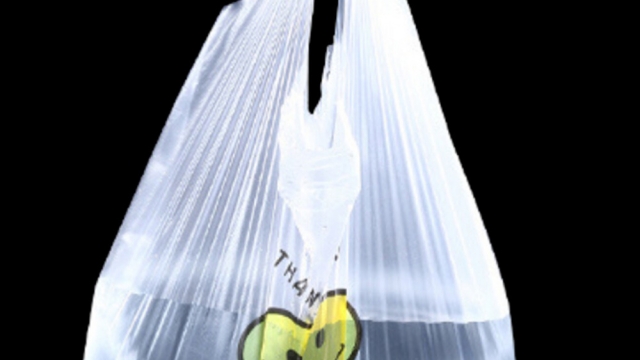
In our fast-paced world, plastic shopping bags have become a symbol of convenience. When we go shopping, these lightweight carriers are readily available, making it easy to transport our purchases without a second thought. However, this convenience comes at a cost that many people overlook. As we toss these bags aside after a single use, we unknowingly contribute to a growing environmental crisis that affects our planet in profound ways.
The allure of plastic shopping bags lies in their practicality and cost-effectiveness, and they have become a staple in retail and grocery stores. Yet, the hidden consequences of their widespread use are significant. From pollution and harm to wildlife to the depletion of natural resources used in their production, the impact of plastic shopping bags reaches far beyond our shopping trips. As awareness of environmental issues increases, it is crucial to examine the true costs associated with our reliance on these seemingly innocuous items.
Environmental Impact of Plastic Bags
Plastic shopping bags are a significant contributor to environmental pollution. They are lightweight and easily carried by the wind, leading to their widespread dispersal into various ecosystems. Once in the environment, they can take hundreds of years to decompose, breaking down into smaller microplastics that infiltrate soil and waterways. These microplastics pose risks to wildlife and marine life, as animals may ingest them, mistaking them for food.
The production of plastic bags further compounds their environmental footprint. Manufacturing these bags involves the extraction and processing of fossil fuels, which contributes to greenhouse gas emissions. Additionally, the production process requires substantial amounts of energy and water, leading to resource depletion. This cycle of production, usage, and disposal creates a detrimental impact on our natural resources, making plastic bags a visible symbol of our throwaway culture.
Efforts to mitigate the environmental impact of plastic shopping bags have led to various initiatives, such as bans and fees in several countries. These measures aim to reduce usage and encourage the adoption of reusable bags. While progress has been made, the challenge remains significant, as the convenience and low cost of plastic bags continue to drive their widespread adoption. Addressing the environmental impacts requires a collective shift in consumer behavior and policies to promote sustainable alternatives.
https://www.armopak.com
Economic Burden on Society
The widespread use of plastic shopping bags has created a significant economic burden on society that extends far beyond their initial convenience. As these bags are often used only once and discarded, municipalities face increasing costs associated with waste management. The need for specialized recycling programs and landfill space for plastic waste diverts essential funds from other community services. In many cases, local governments are forced to implement taxes or fees on plastic bags to mitigate these costs, further straining the budgets of consumers and businesses alike.
Moreover, the environmental cleanup efforts stemming from plastic pollution are a growing financial concern. Beaches, parks, and urban environments are littered with discarded plastic bags, requiring extensive cleanup initiatives maintained by local authorities and nonprofit organizations. These cleanup operations consume valuable resources and man-hours that could be applied to more sustainable community projects. As public awareness of environmental issues rises, citizens are increasingly calling for accountability, exemplifying the pressure on government bodies to address the financial fallout from plastic waste.
Finally, the economic impact of plastic shopping bags can influence the broader market dynamics, affecting businesses that are striving for sustainability. As consumers become more eco-conscious, companies that do not adapt to reduced plastic usage risk losing market share. This shift requires investment in alternative packaging solutions, which can strain smaller businesses that may not have the capital to transition swiftly. The result is a ripple effect; the needed transition to sustainable practices takes time and resources that could otherwise support growth and innovation.
Alternatives and Sustainable Solutions
As the awareness of the environmental impact of plastic shopping bags grows, various alternatives are gaining popularity. Reusable cloth bags are an excellent option, made from organic materials like cotton or hemp. These bags are durable, can be used thousands of times, and reduce the need for single-use plastics. Many stores now offer incentives for customers who bring their own bags, making this an economically attractive choice as well.
Another sustainable solution is the use of biodegradable bags. Unlike traditional plastic, these are designed to break down over time, minimizing long-term waste. Made from materials such as cornstarch or other plant-based substances, biodegradable bags can serve as a temporary alternative and are particularly beneficial in areas with limited waste management options. However, it is crucial to ensure that these bags are disposed of in environments where they can properly decompose.
Finally, some companies are exploring innovative packaging solutions, such as bags made from seaweed or mushroom materials. These eco-friendly options not only provide functionality but also contribute to a circular economy by being sourced from renewable resources. By supporting businesses that innovate in this area, consumers can help drive the shift towards more sustainable practices within the retail industry, reducing reliance on plastic shopping bags.
